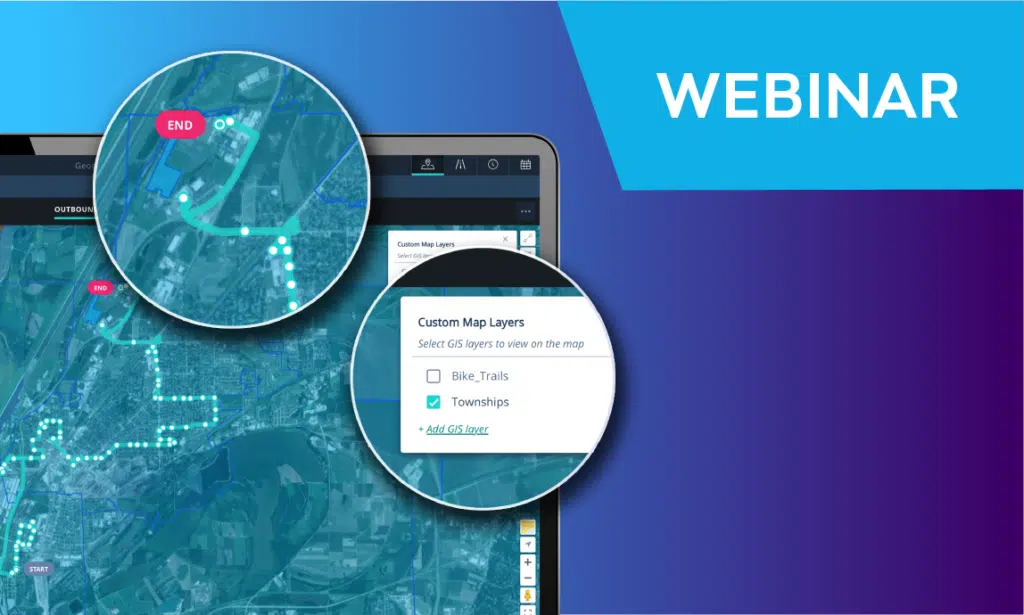Introduction: a private service that provides much needed frequency along routes
Long before Ford’s Chariot service was announced, operated and then shut down, Israeli commuters have had access to a unique shared taxi service, called “moniyot sherut” (the name is a play on “shared route” and also means “service taxi”). These shared taxis run along many public transit routes, adding much needed frequency. They are hailed by passengers, just like taxis,at any place along the route, not just at bus stops. It’s an interesting way to deal with headway gaps in public transportation planning – by allowing customers to hail vehicles independent of transit stations, we can ease the frequency issues that often deter commuters from using public transportation. These types of shared route taxis are available in many countries as a form of informal transportation.
New payment options disrupt the service
Yet, as with all mass transportation services, new technologies have influenced demand. Changing payment options in the local market have had a profound effect on this service, radically altering the livelihoods of operators of the service.
In 2005, there were 2,300 shared taxis operating in Israel. In 2008, Rav Kav, Israel’s bus payment card, was introduced. It could be used on bus trips, but not on the shared taxis, which operated on a cash-only basis. As passengers had pre-paid trips loaded to their Rav Kav cards, the use of the shared taxis declined and the number of taxi operators dropped to 1,400 in 2015. Although passengers wanted the increased frequency, they were not willing to pay extra for it after already investing in a pre-paid card. When a national clearing system was established in 2015, the number of shared service taxis further decreased to 700, as more and more passengers wanted to avoid the cash payment associated with boarding the shared taxi service.
Check out our video case study:
Quick Scheduling Decisions At Keolis North America
Integrating shared taxis for better headways
Yet, from the passenger and policy point of view, these shared taxis are a convenient way to move around the city as they add trips and increased frequency, decreasing headways and allowing passengers to stop even in non-formal bus stops. In 2018, the Department of Transportation responded to this demand, enabling payment cards in 110 shared taxi routes and bringing the shared taxis operators out of the world of cash-only payments.
Tendering shared taxi services
A group of operators decided to participate in a tender by the Department of Transportation and used the Optibus platform to submit their bid. The speed and power of the Optibus platform help many operators submit tenders and win them, but this case was special:
- There was no standard for the number of trips operated by the service, since this was a decision made by the drivers, ad-hoc.
- Bidding required ensuring that the schedule and the operational plan matches the number of vehicles and drivers within the group of operators. There were no stops to account for, since the taxis could stop anywhere.
- Driving times and speeds had to be estimated without much historical data
Luckily, one of the Optibus platforms’ greatest strengths is its flexibility – we realize that every transit service operates under unique parameters and needs the ability to understand how these variables contribute to their operating costs. Because many of a shared taxi service’s characteristics do not exist in fixed-route services, the adaptability of Optibus’ rules and preference expression enabled us to accurately model the tender, allowing the operators to submit a winning bid and receive the maximum rating points for the submission.



